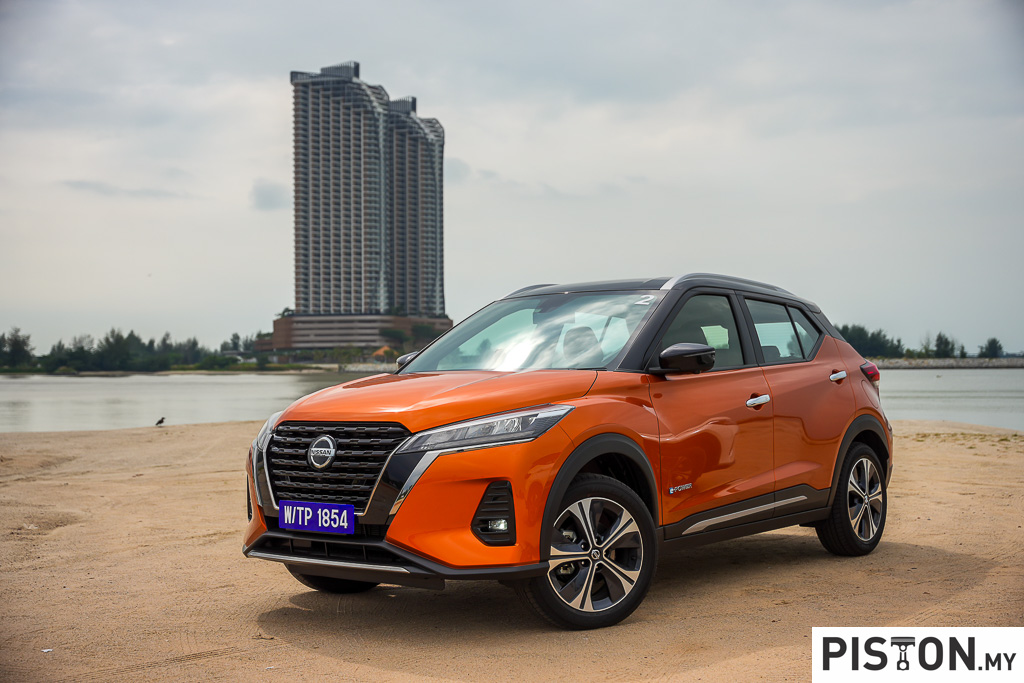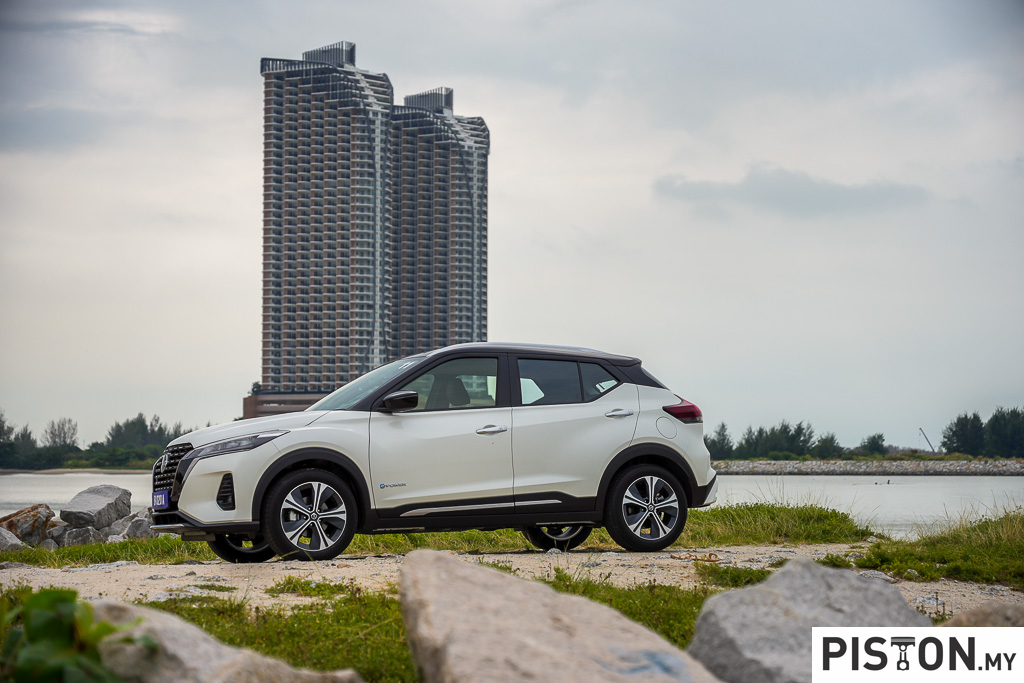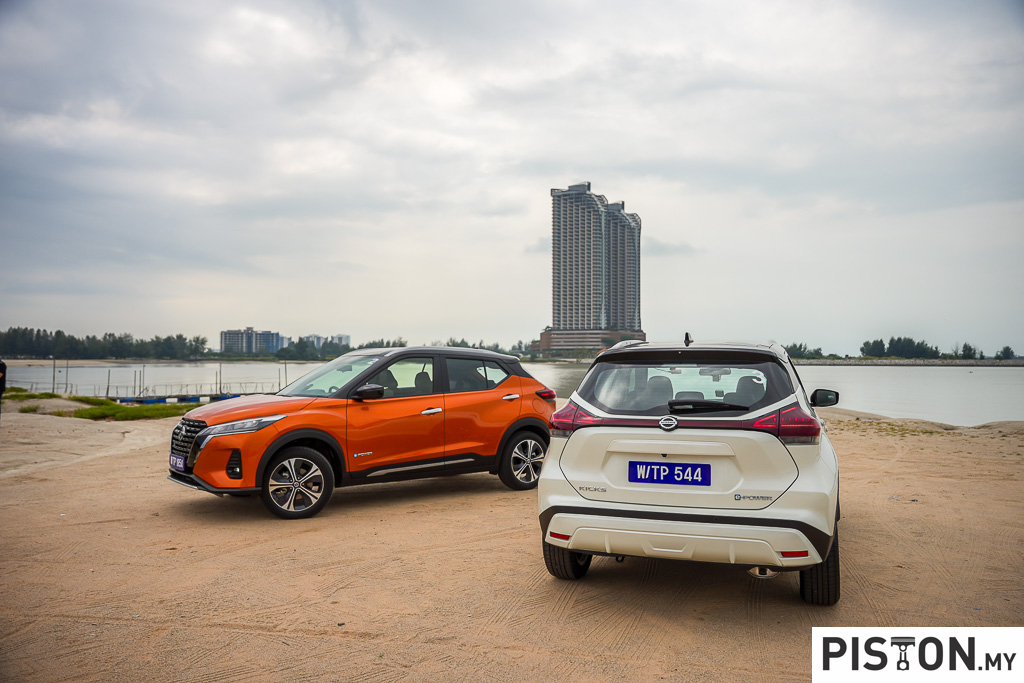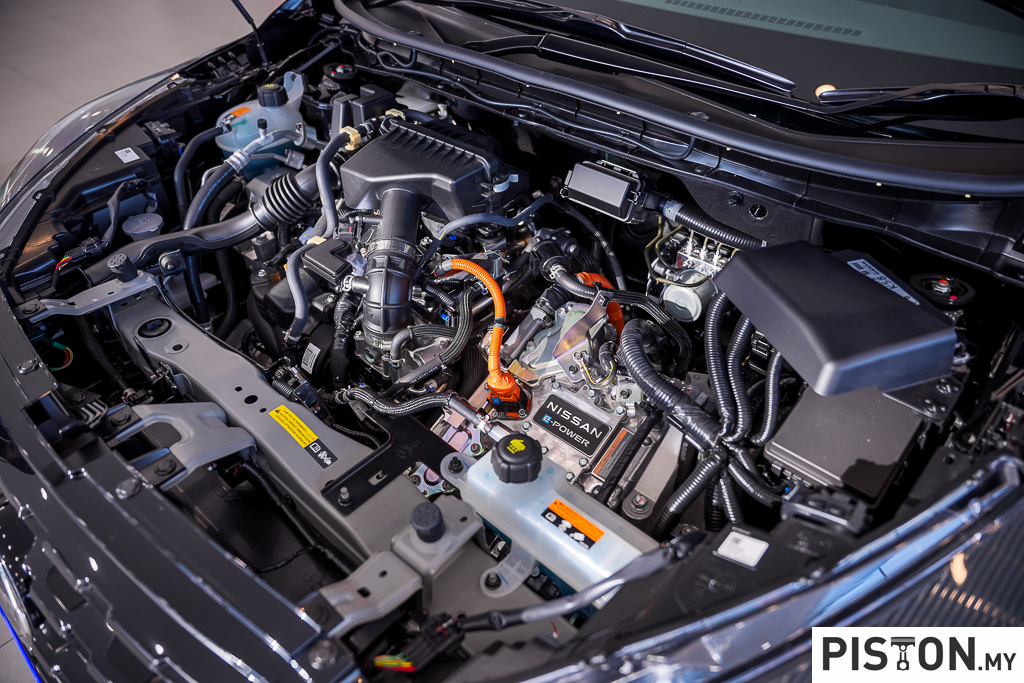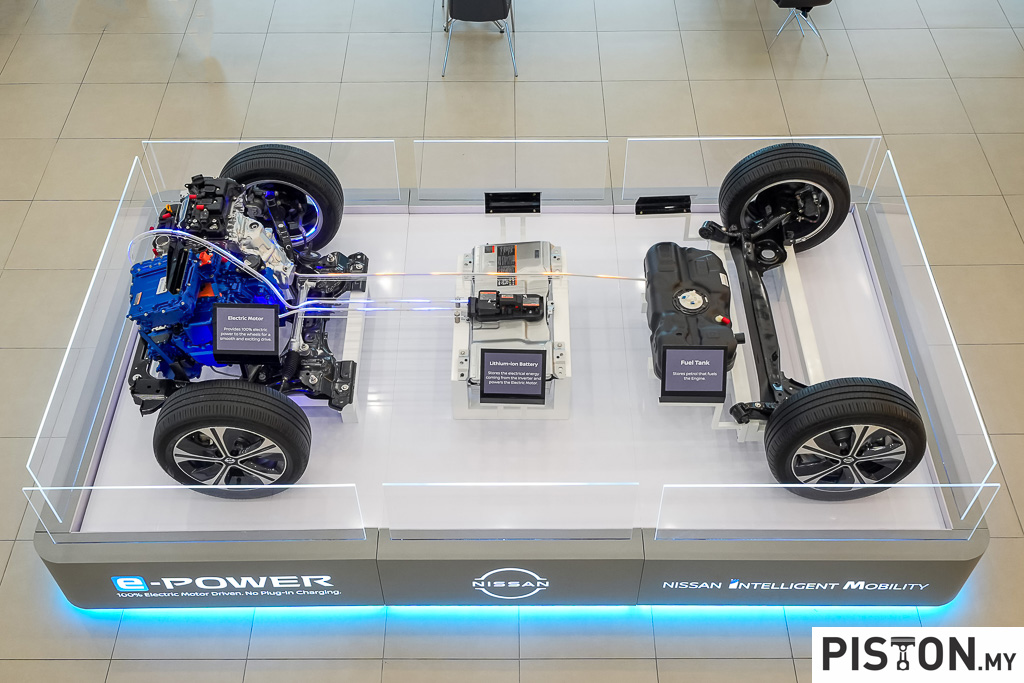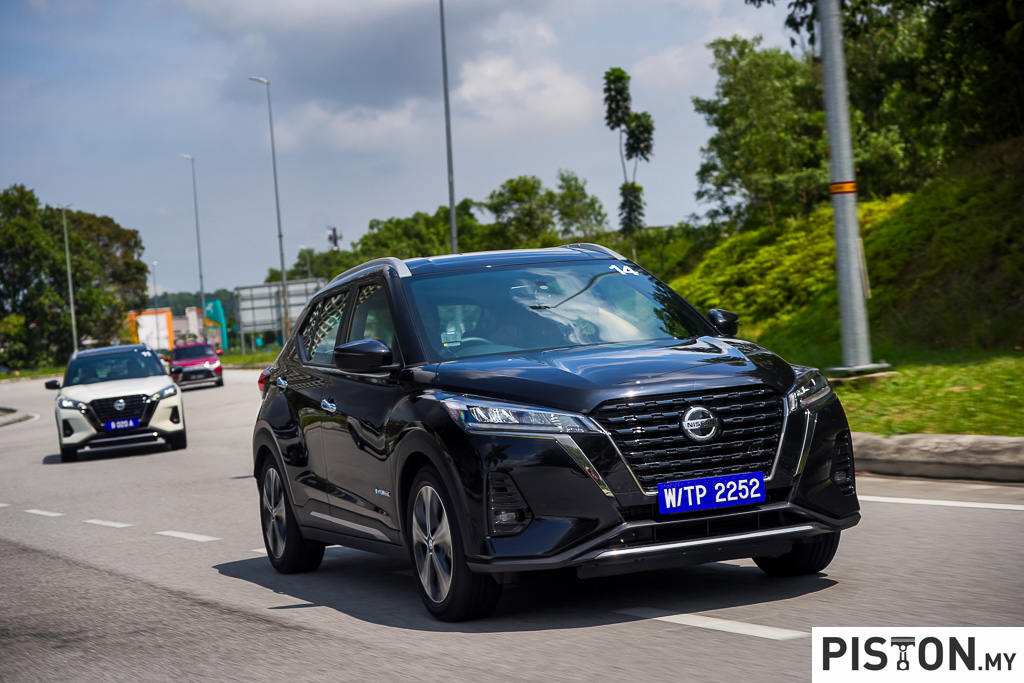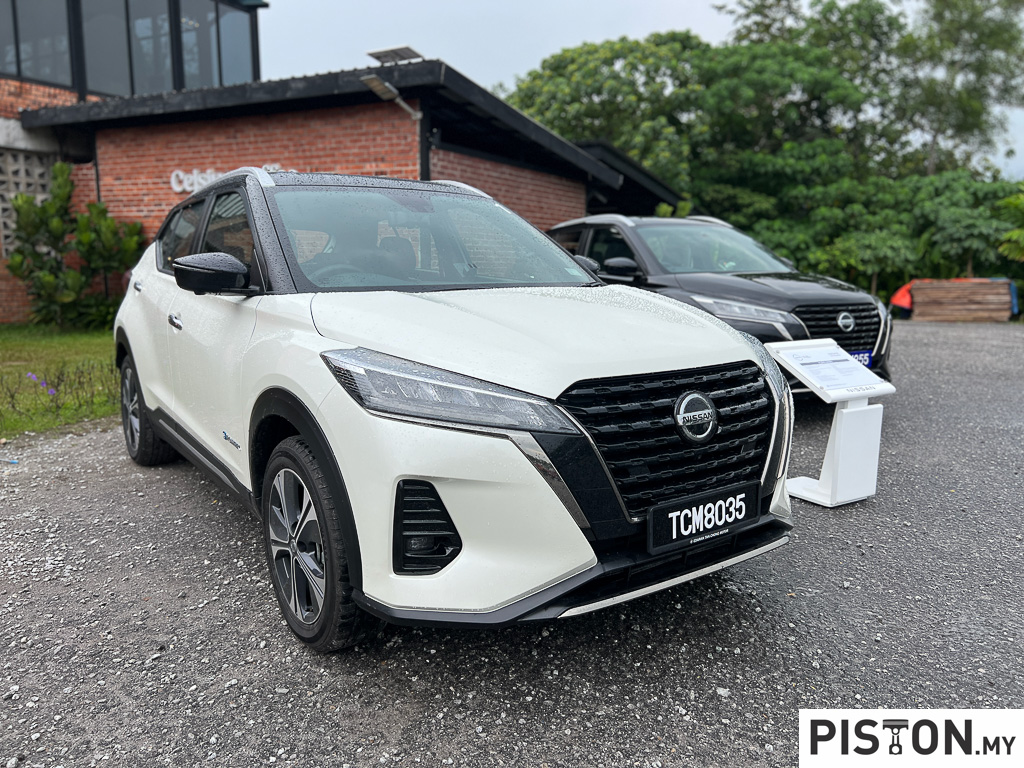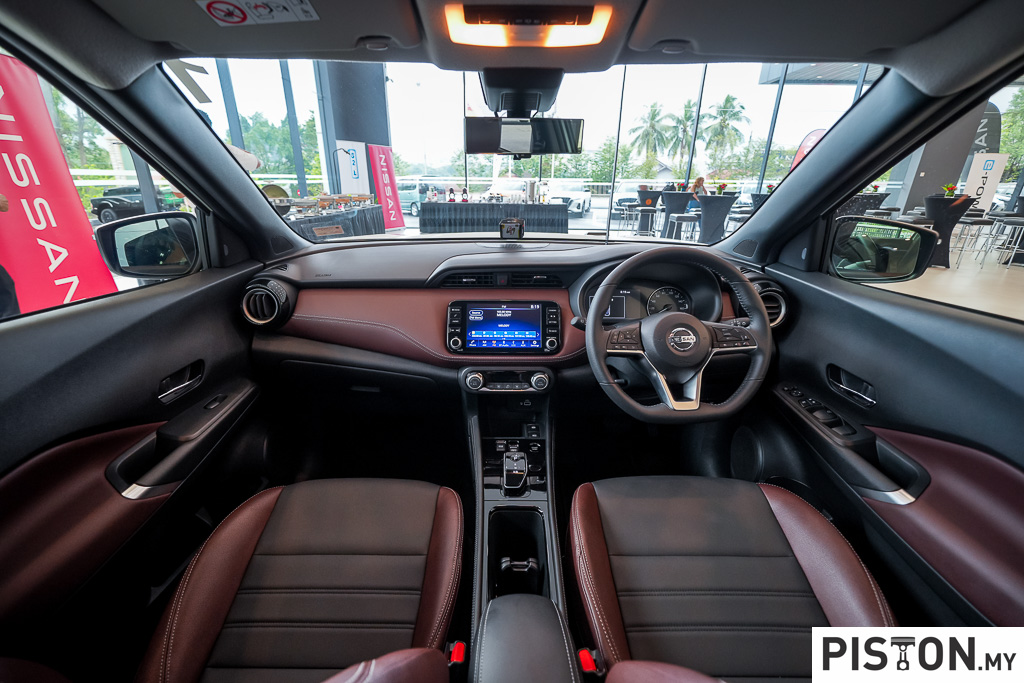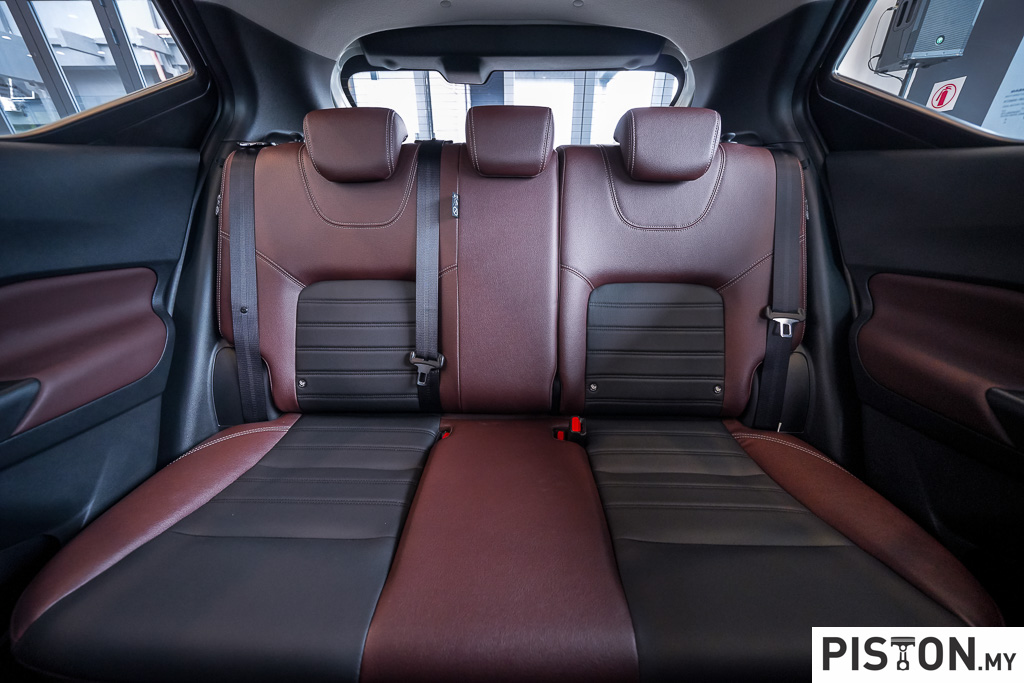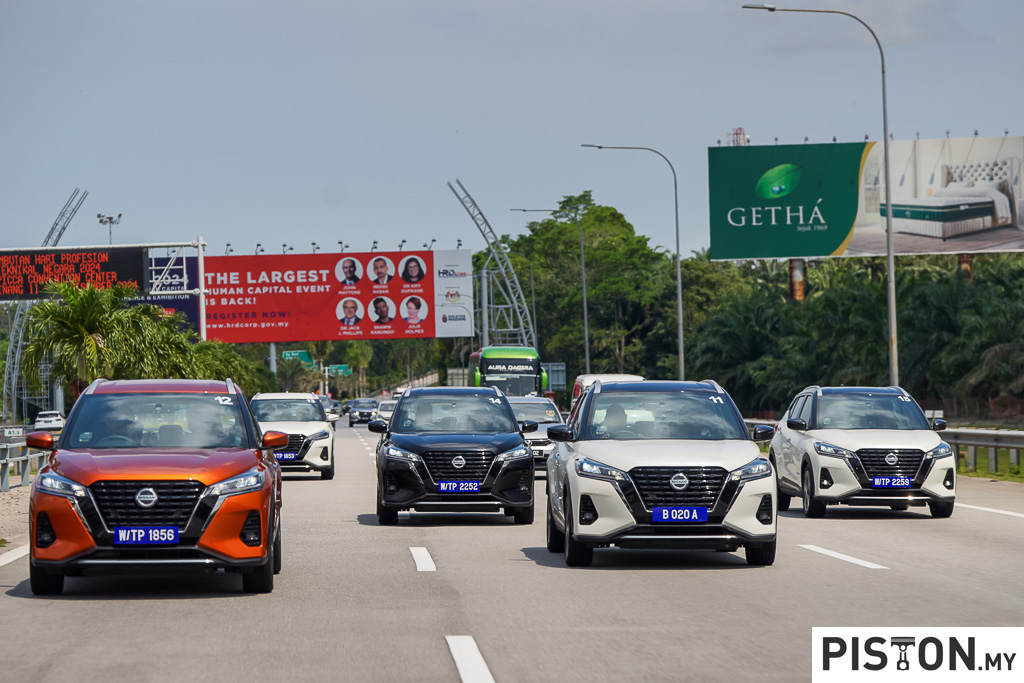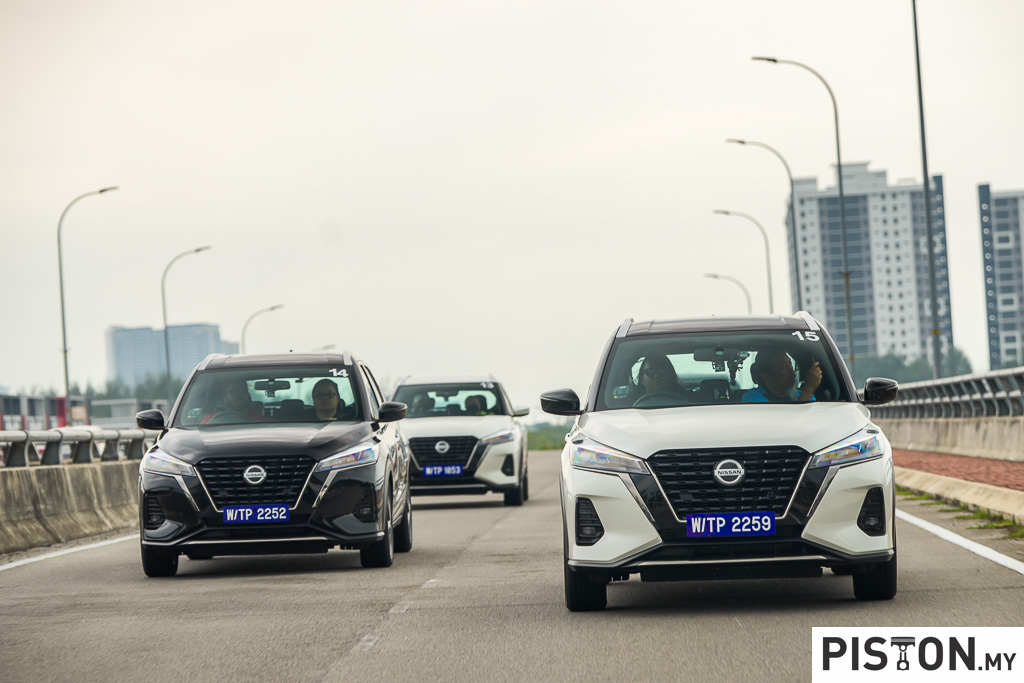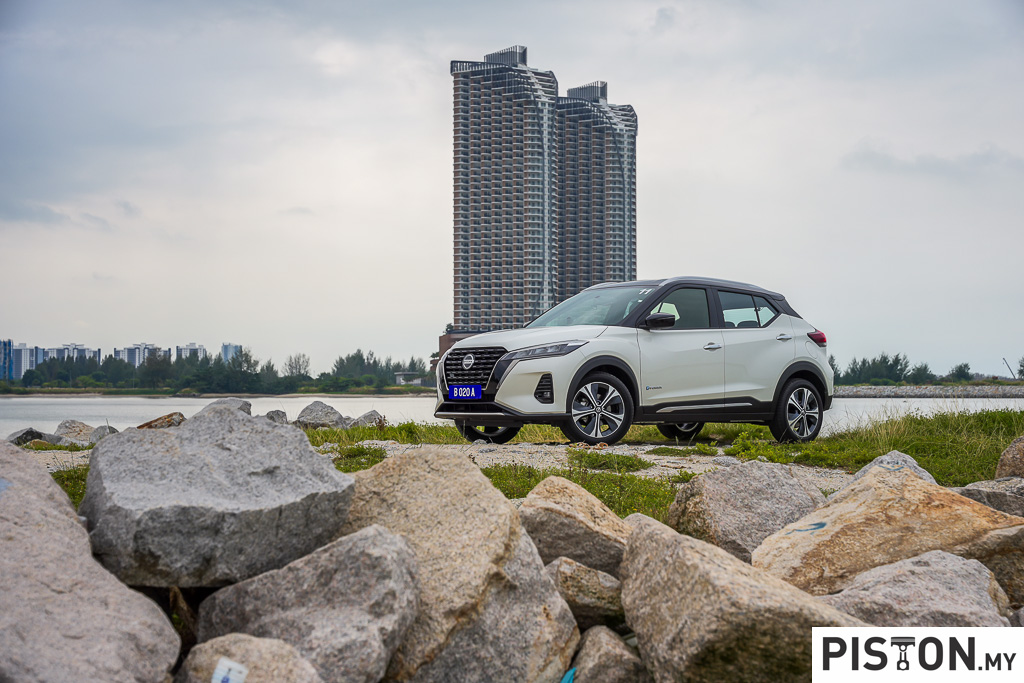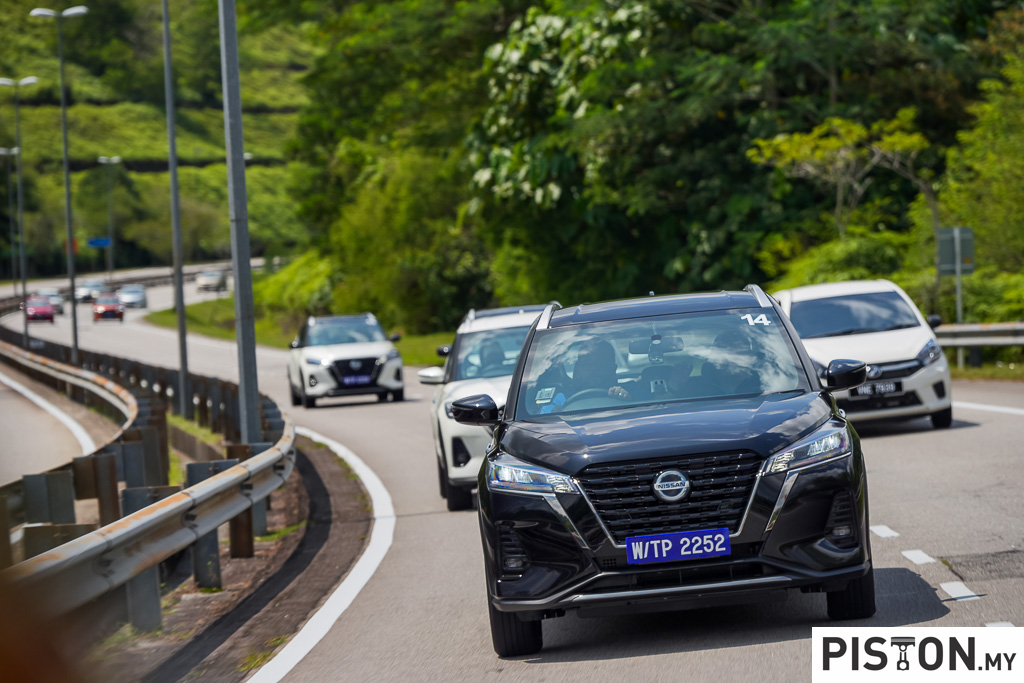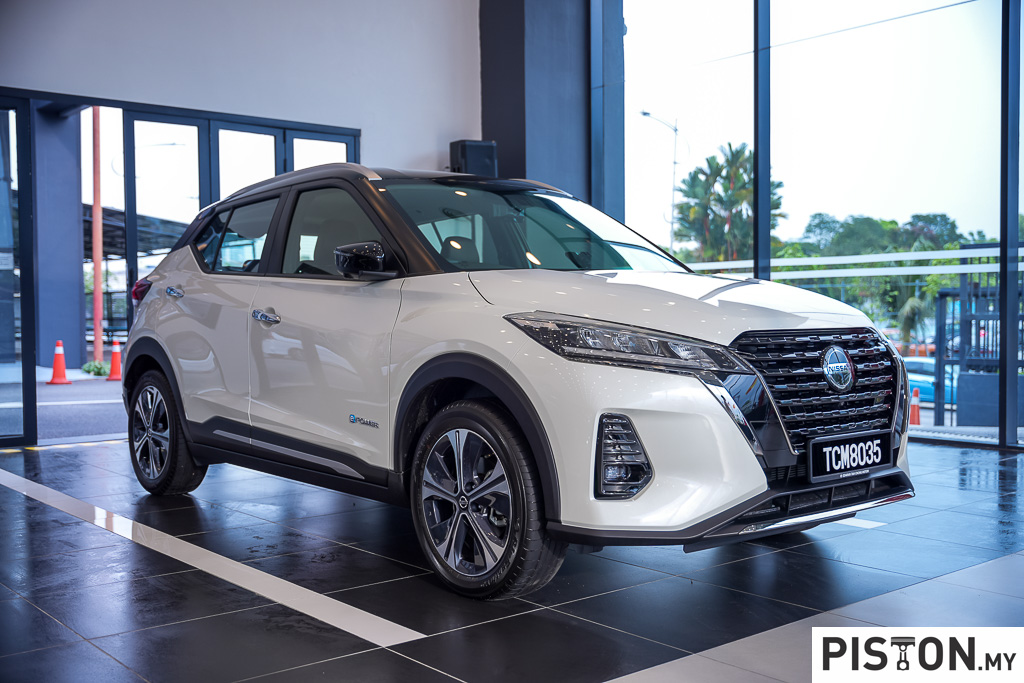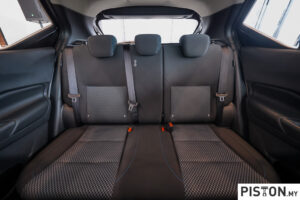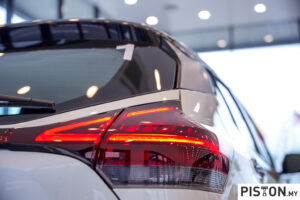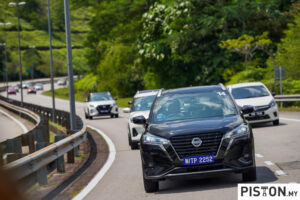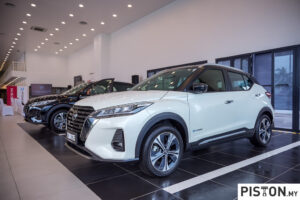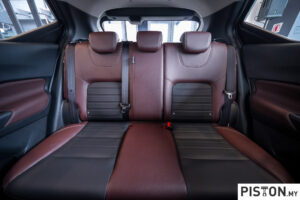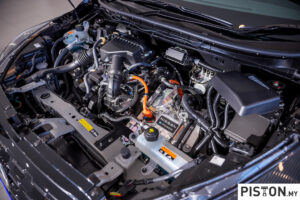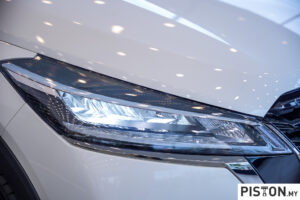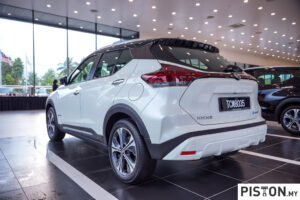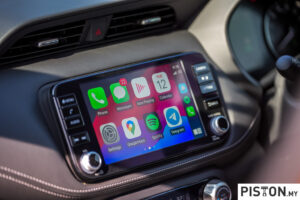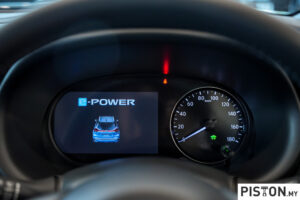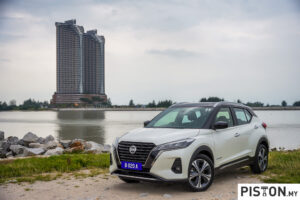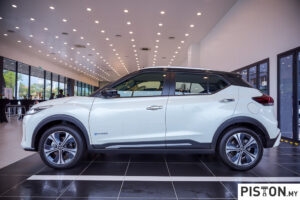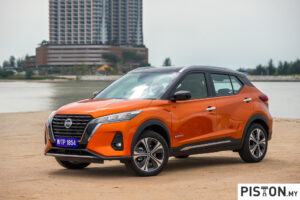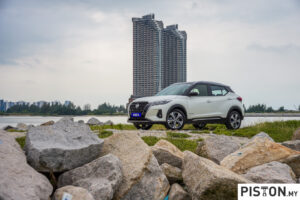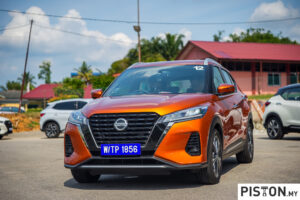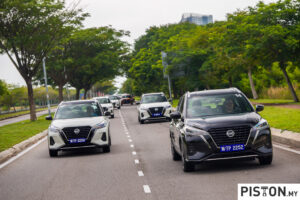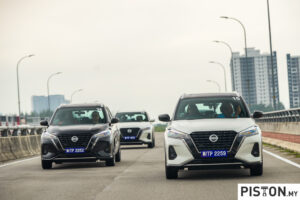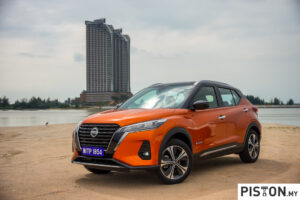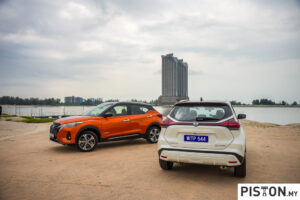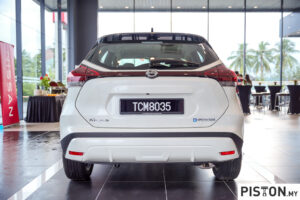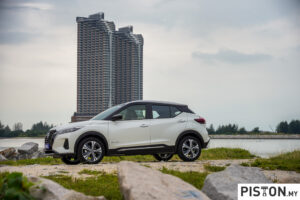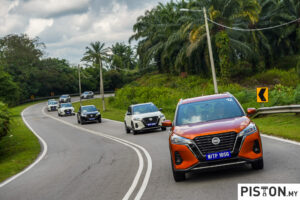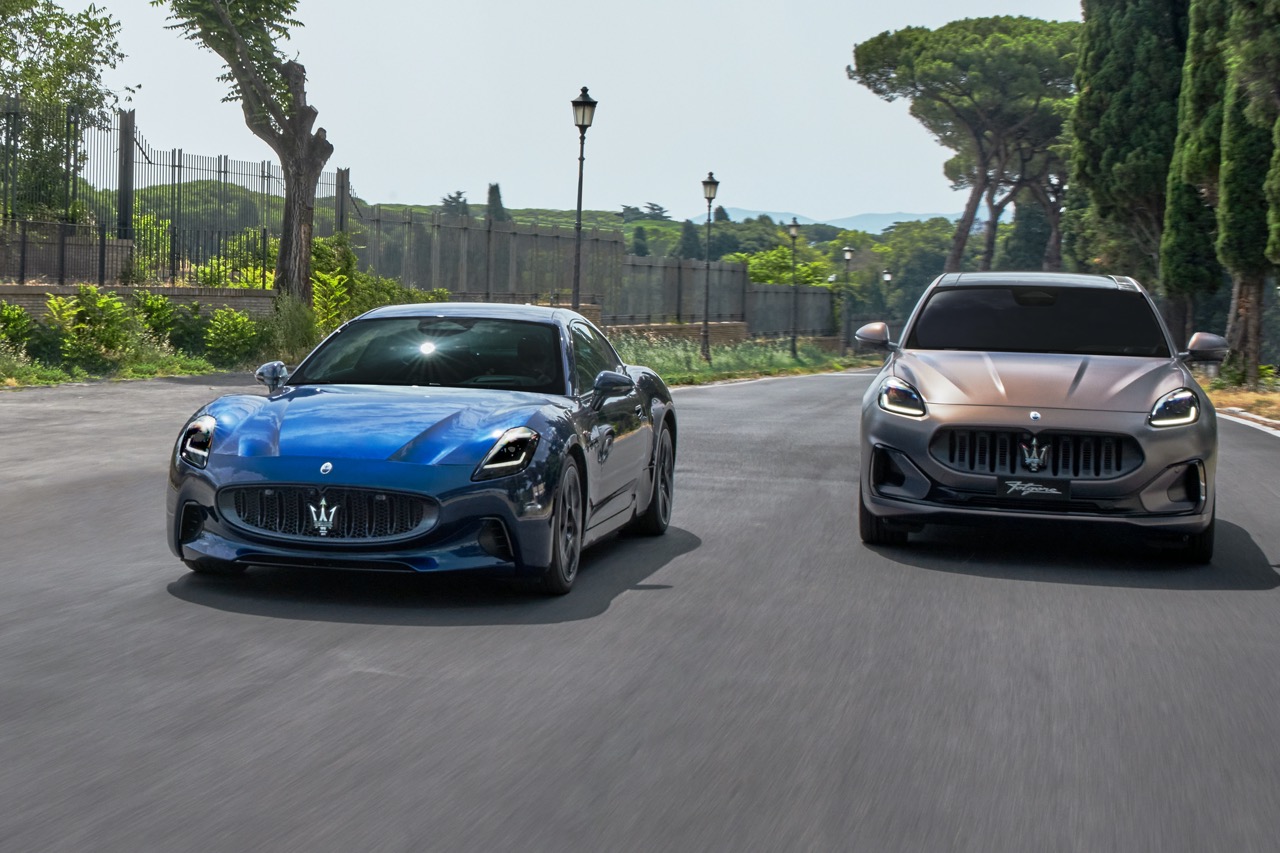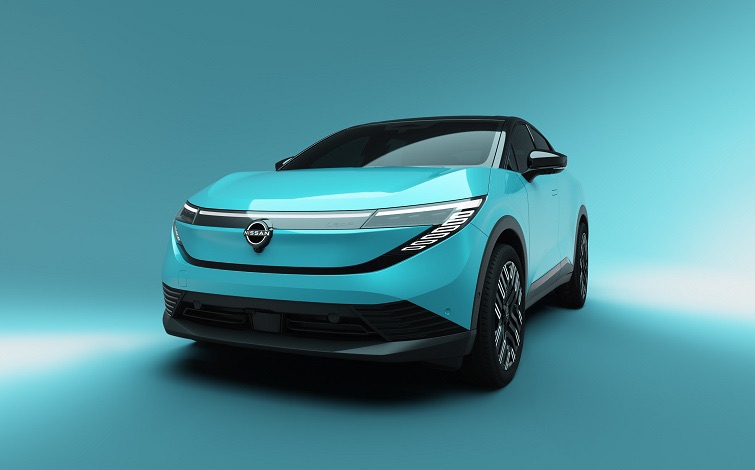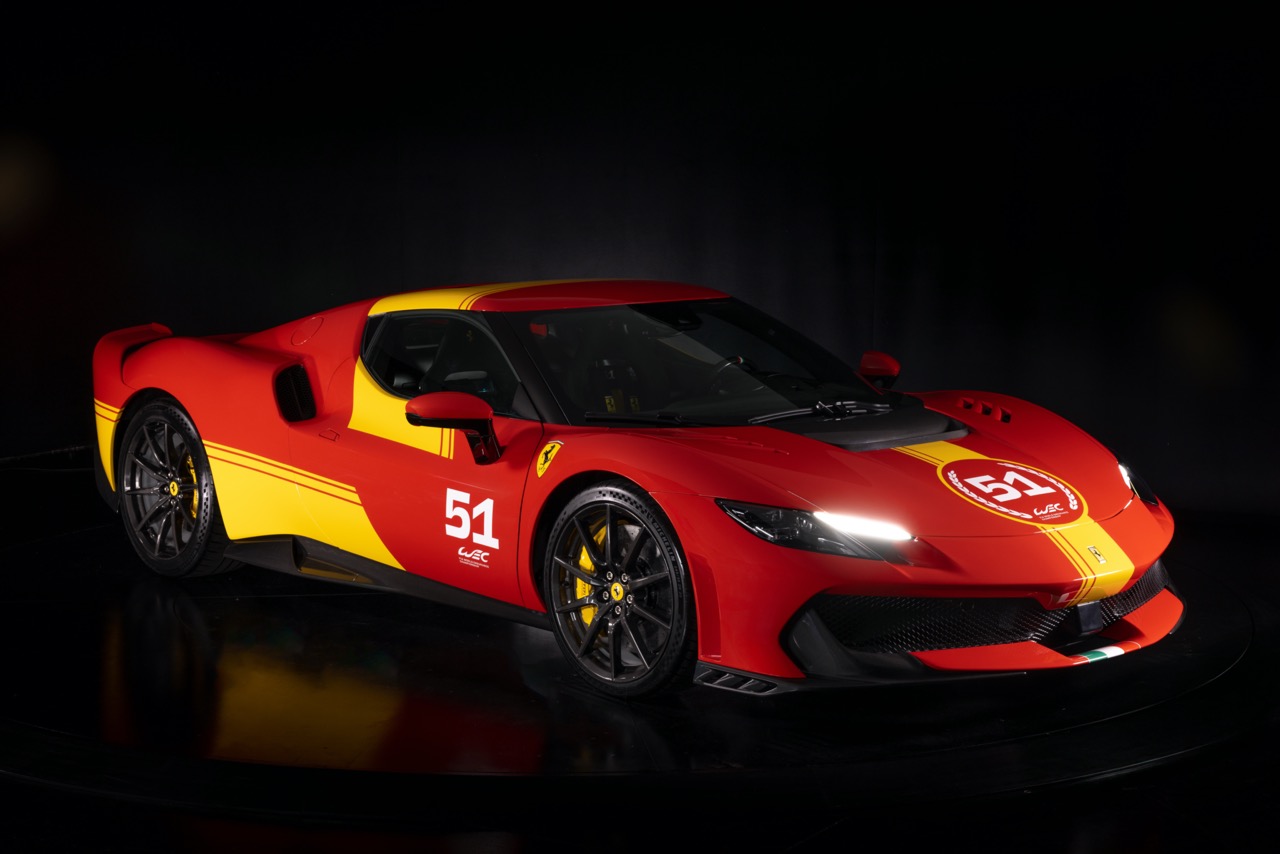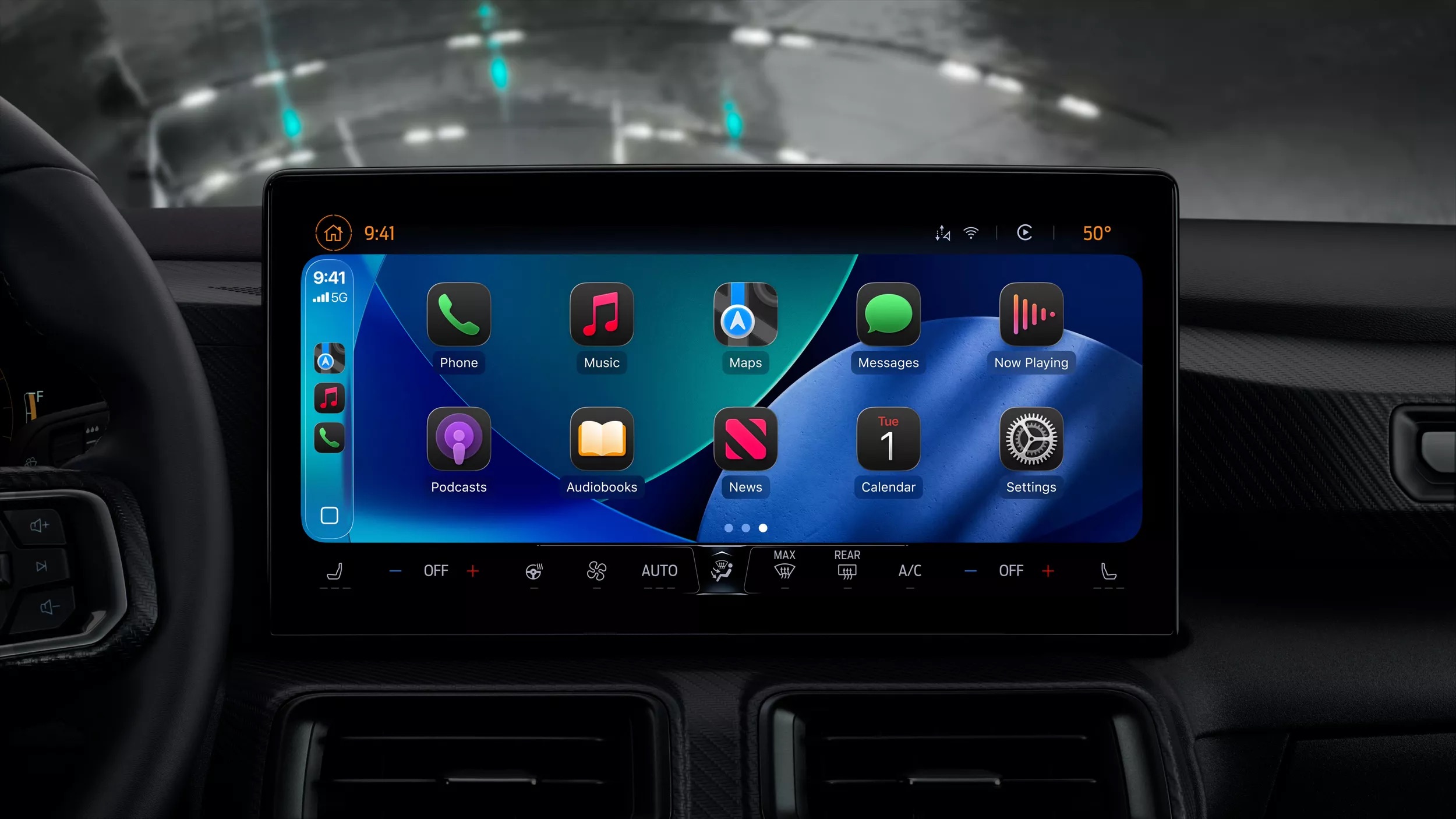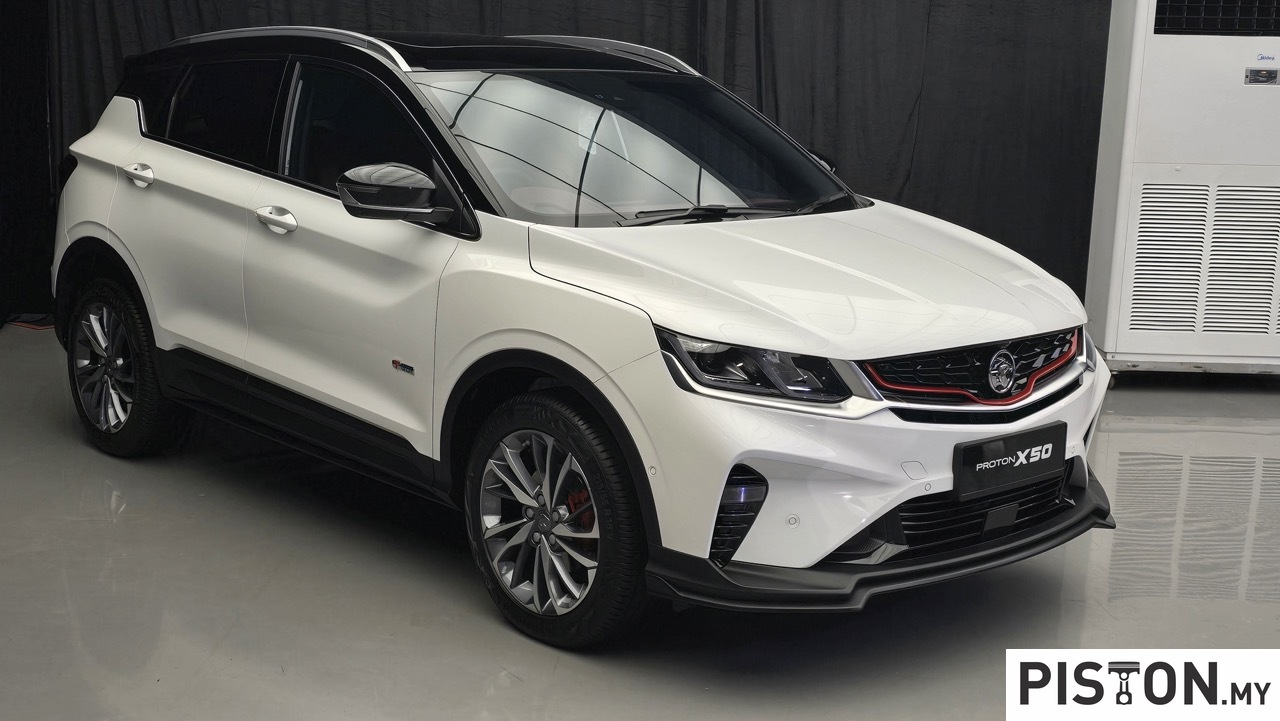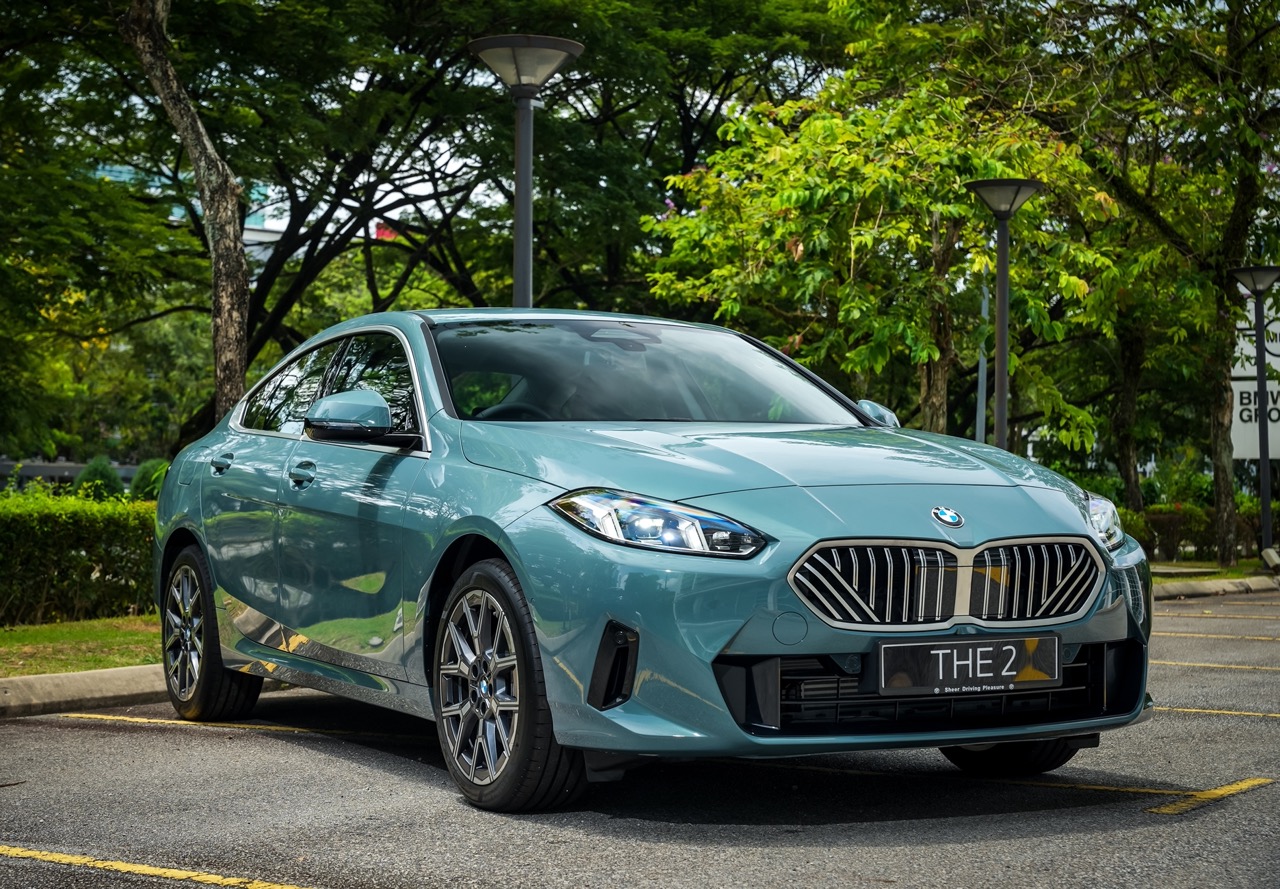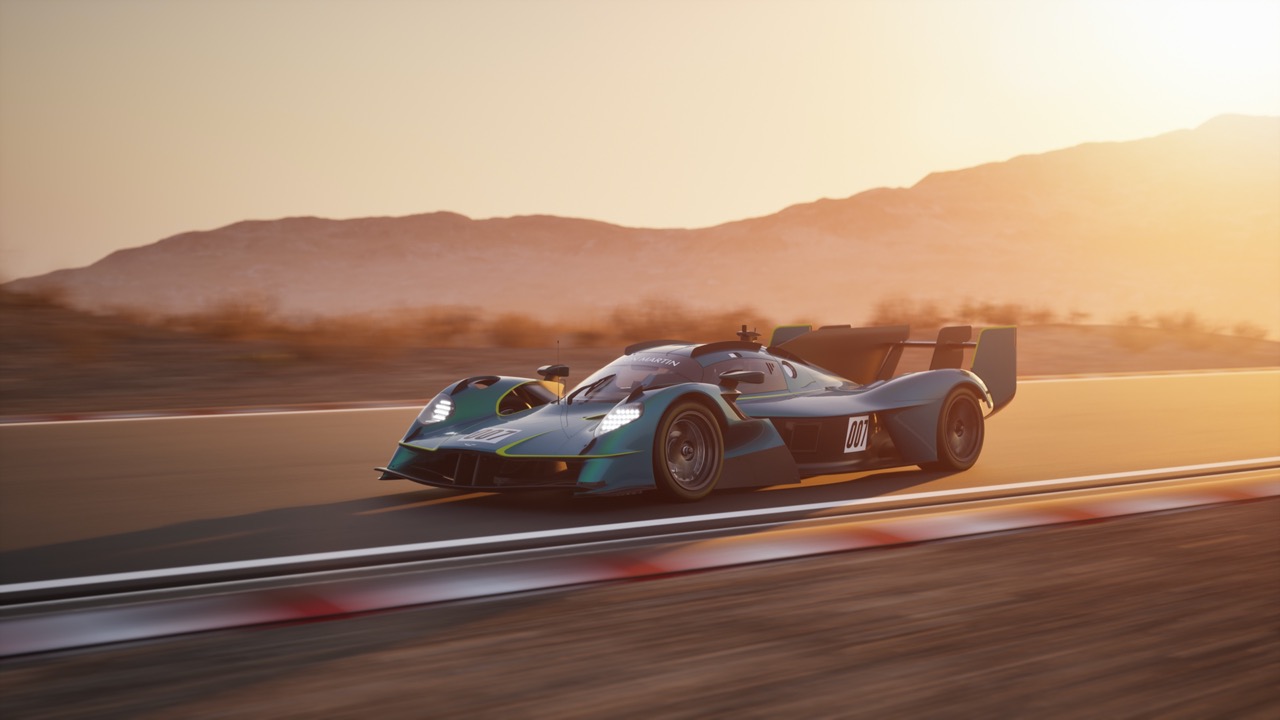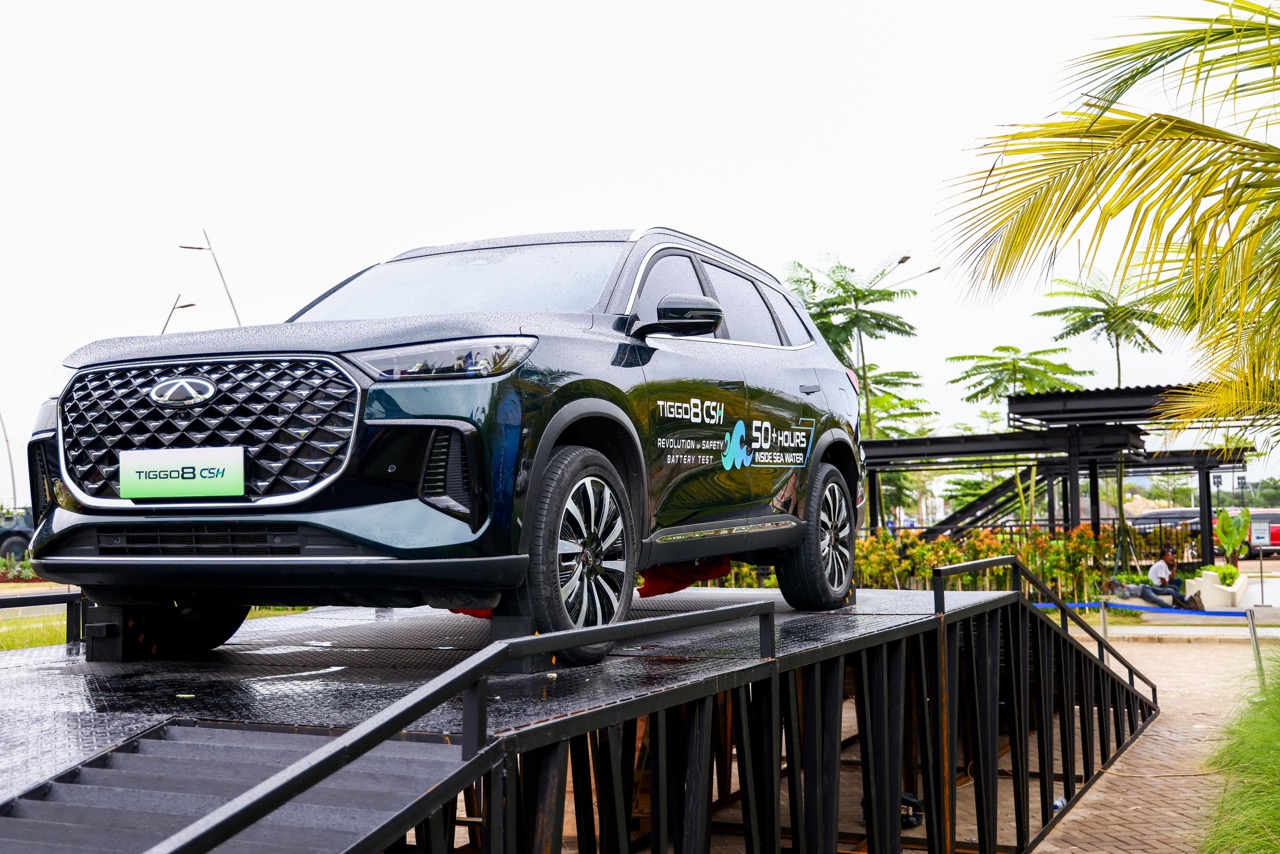After what seemed like a never-ending hiatus, Edaran Tan Chong Motor (ETCM) is back launching new cars again. And it is not just introducing facelifts, it is shaking the market with a model we have never seen in Malaysia before – the Nissan Kicks.
Small yet spacious, refined yet fun, the Kicks is a gentle reminder of how cars used to be. In this day and age of massive infotainment screens that swivel unnecessarily, the Kicks is humble yet advanced at the same time.
What is it?
The Nissan Kicks is a B-Segment contender, that means it goes up against competition like the Honda HR-V and the Proton X50, among others.
Malaysians are only just getting the Kicks, which is quite surprising since rumours were abound that we would be getting it as far back as 2018. But ETCM is eager to put that past behind them and look forward to introducing the Kicks to Malaysian homes.
We are also getting the first-generation model, which some netizens have chastised because the second-generation model has already been introduced since early 2024. But the second-generation model is not yet available in right hand drive model.
Why is it a big deal?
While a number of Malaysians including governmental policies are looking at electric vehicles, the Kicks is a hybrid SUV. This is not at all surprising because Japanese car makers have maintained that they will continue to offer cars with an internal combustion engine alongside electrified models.
The Kicks uses a 1.2-litre, three-cylinder engine that acts as a generator that helps to charge a battery which in turn powers a motor which then turns the wheels. In our minds, that would make the Kicks a hybrid car. Except that it is not, at least that is what Nissan wants us to believe.
A hybrid car usually has a powertrain that includes an engine and a battery, both of which can power the wheels independently or work concurrently to turn the wheels.
The Kicks is very different in that sense. Though it may have an engine, it does not in any way turn the wheels. In fact, the engine’s sole function is to recharge the battery, even on the fly.
The battery, which has a capacity of 2.06kWh, then powers the motor. The motor is the only thing that does the heavy lifting and moves the car.
So, because it is only the motor that does the work, the hybrid term does not apply to the Kicks. According to Nissan at least.
But that aside, the Kicks is also a big deal because it drives fantastically well. The suspension and connection between man and machine that it offers is something that Chinese car makers are still struggling to match.
But that should not come as a surprise since Nissan has been making cars for the past 90 years and have brought the world such legends as the GT-R, the Z series, the Fairlady and plenty of other goliaths.
The powertrain is the real star of the show
Based on what we just described above, those in the know may think that the powertrain of the Nissan Kicks works in a similar fashion to Honda’s e:HEV series of hybrids. But the difference between the two is that the Honda’s engine can also power the wheels and recharge the battery at the same time. As what we have explained, Nissan’s engine does not do that.
So this means that the Nissan Kick works on electric power all of the time, except that it does not need to be recharged in the normal sense.
And this is where it stands out amongst the herds of hybrids. Where its competitors create cars that still rely on the internal combustion engine for propulsion, the Kicks does not. It only needs the engine for recharging purposes.
You may ask then if it defeats the purpose of driving an electric vehicle since one of the main objectives of an EV is to be environmentally friendly. Besides the fact that mining lithium needed to create batteries is harming the environment itself, the Kicks just needs very little petrol to recharge the battery.
The official fuel consumption figure for the Kicks stands at 21.7km per litre, or 4.61 litres per 100km. That is outstanding by itself already. And this has very minimal impact to the environment.
But how does it fare in the real world?
It is quite an impressive car. Despite its size, it is spacious inside, good enough for four tall adults to get comfortable, or a young family. Even the booth size is impressive, at 423 litres, it is just below on the Honda HRV’s 440 litres. Just to put it into perspective, two regular size golf bags can be fitted into the Nissan Kicks, plus some luggage.
The interior may seem simplistic, especially to the newer generation. This is particularly so when compared to the competitors from China with their massive infotainment screens, futuristic designs and features.
But for this writer, the interior of the Kicks is a refreshing departure from everything we are getting from China. It reminds me of cars of yesteryear with its physical buttons and dials for all of the essentials. There is even soft touch panels around the cabin and double-stitching for a premium touch.
The one part about the interior that I truly like are the seats. During a recent media drive to Melaka and back, I was paired by an elderly gentleman who drove for all of 30 minutes and deemed that good enough for his review. So, I had to take on the Captain’s seat for two days, which was plenty of time to get properly acquainted with the seat.
Nissan is the company that introduced the zero gravity seats, and the Kicks offers them as well. This concept was inspired by the fatigue reduction and comfort enhancing, Nasa-measured “neutral posture”.
In a weightless scenario, human posture is said to be weakened and the burden on the body is at its least. According to Nissan, posture does not collapse even over long period and you are less likely to become tired. So by applying this neutral posture to a car seat, fatigue from long periods of time is minimized. And as I experienced, the seats in the Kicks really are good. Perhaps not as good as the ones in the Navara, but still good.
Is the powertrain as good as Nissan says?
Fuel efficiency is what the powertrain has been designed to do and that is what it does best. However, I did not see the claimed consumption of 21.7km per litre, the best I saw was 18.2km per litre, but perhaps that is because we spent a lot of time corner carving around the back roads from Port Dickson to Melaka.
ETCM wanted us to experience the suspension setting of the car, and hence why that route was chosen. And the suspension is nearly perfect for a car of this segment, comfortable when you need it to be, and stiff when you hit the corners, so much so that you don’t really need to lift much for sweeping corners, which lets you adopt a smooth driving style, which thus improves efficiency.
Power delivery though is just decent. With 129PS and 280Nm of torque, the delivery is better lower down the rev band, at low speed. In traffic, the initial surge in power makes the Kicks feel like an EV, but it dissipates quickly as you keep your foot floored. Acceleration time is rated at 9.5 seconds to 100km/h, which says a lot about what the car is meant to do.
ETCM says that the natural habitat for the Kicks is in traffic, and we believe them. Because that is where the car felt its best. Along the narrow streets of traffic-light laden Melaka, it was easy to close the gap in between cars with just a little tap of the accelerator. The beauty of EV’s in traffic is the torque that is accessible from zero rpm, and that is what you get with the Kicks as well.
So, should you buy one?
It is difficult to answer this one without knowing the price of the car. But should it be priced in between RM120,000 to RM130,000, the Kicks would be in some very choppy waters.
There is no denying that brands from China have been shaking up the local market. The Haval H6 Hybrid is priced at just under RM140,000, and that is a car that is bigger, roomier, and is quite efficient as well.
But the Nissan has proper pedigree in its side. A well-established network of service centres and 70 years of experience operating in the domestic market means ETCM is a company that is far ahead of the competition in terms of after sales service.
And then there is the way the car drives and handles, which I can rave about but is something you need to experience to believe.
The Kicks may appeal to the traditionalists, and rightfully so as it is a delightful car to drive. Now it all comes down to the price. ETCM, the ball is in your court.
Specifications
Engine: 1.2-litre, 3-cylinder, petrol
Battery: 2.06kWh
Power: 129PS
Torque: 280Nm
Suspension: MacPherson Struts (Front) / Torsion Beam (Rear)
Price (As Tested): TBA
We like: Handling, Refinement, Efficiency
We don’t like: Interior might be too simplistic for some





